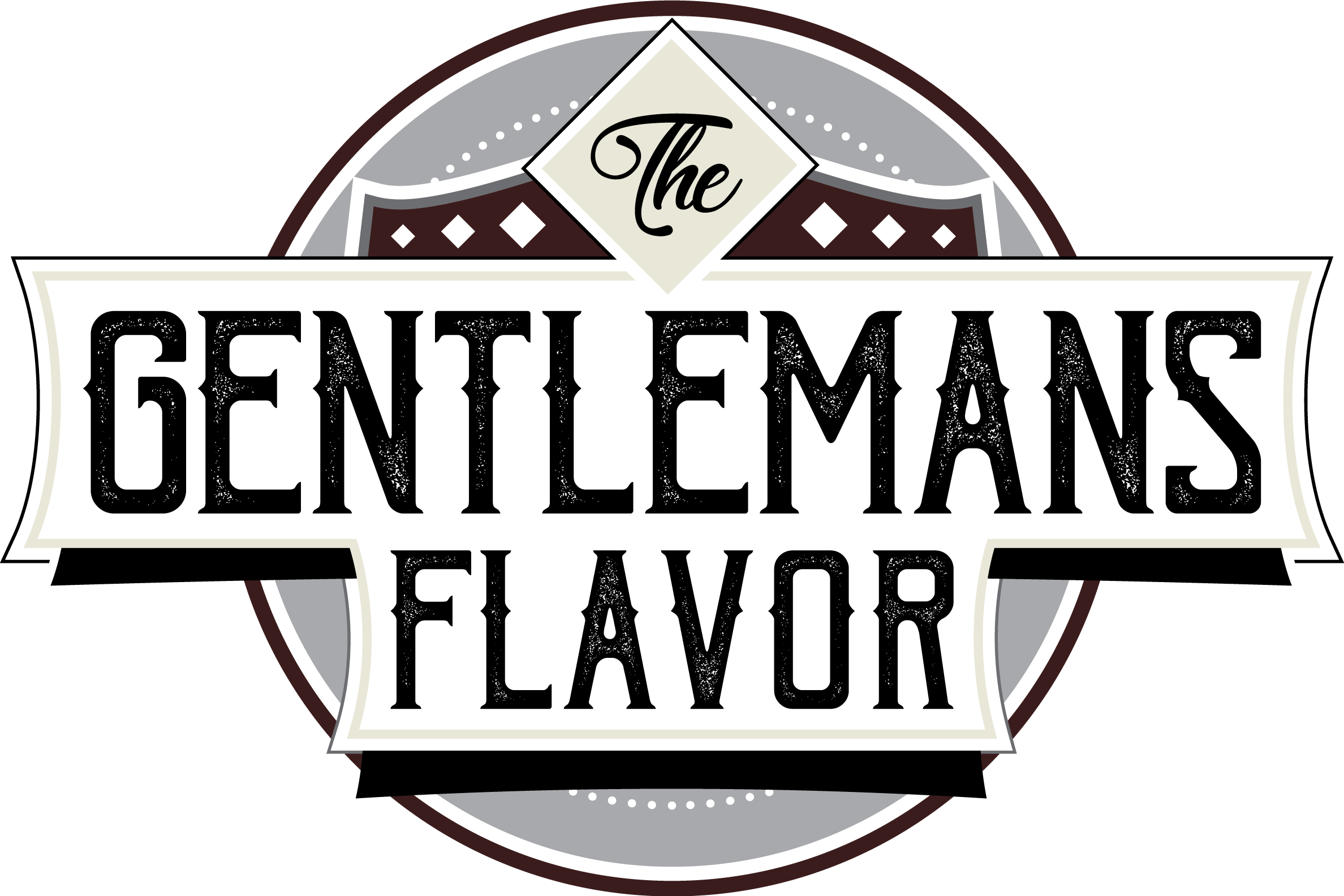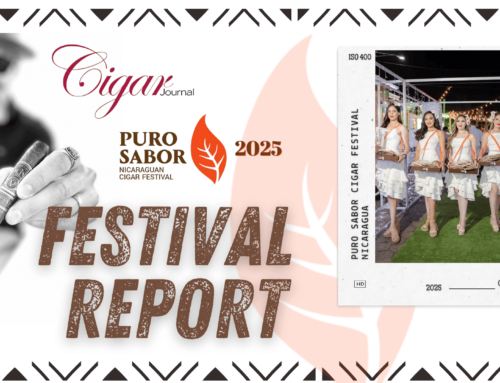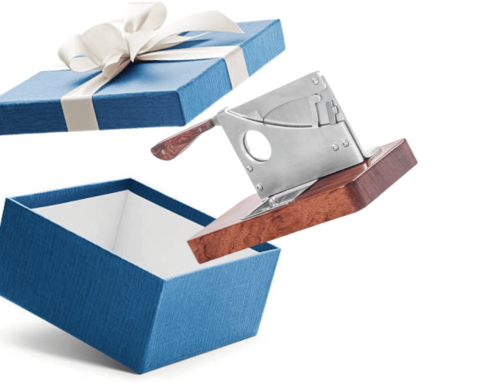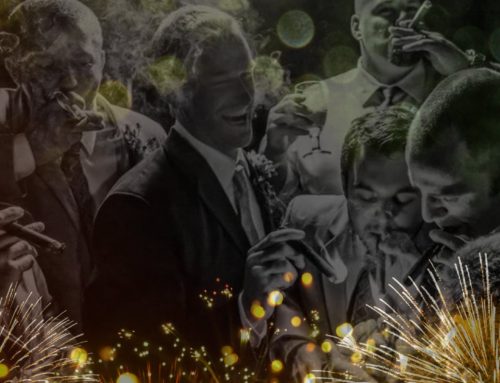For many Canadian cigar enthusiasts, it’s become a familiar sight: a sea of drab, standardized, generically-packaged cigars sitting up on a tobacconist’s shelves, all seemingly looking the same as the next.
The Plain Packaging Of Cigars
In April of 2022, Health Canada fully imposed the plain packaging of all tobacco products (Plain and Standardized Appearance TPR-PSA), resulting in the apparent loss of the intricate, unique artisanal bands and boxes that the cigar world has become known for. This was mandated on the basis of a government plan to shield younger populations from smoking with an ultimate goal of reducing overall tobacco consumption of all Canadians to below 5% by 2035 (it currently sits at around 20%).
Though the average cigar smoker is clearly shown to be typically over the age of 30 and typically does not inhale the smoke of a cigar, the Canadian government enacted a blanket initiative for all tobacco products, effectively lumping in cigars with cigarettes.
As for Canadian retailers, the government obligated them to sell off remaining supplies of traditionally branded cigars by April 1st 2022. After this date, all cigars at the point of sale have been plain packaged with standardized boxes, tubos (tubes), leaflets and bands. The color employed is a purposely extremely drab brownish-green (officially classified as Pantone 448 C), and the standardized font used is Lucida Sans in Cool Grey 2C (believe me, there’s nothing cool about it).
Sounds grim, eh?

The basic outline of a generic cigar band in Canada
Plain packaging has no doubt caused a few headaches.
For instance, due to limited resources in Cuba, the cigar factories there have fumbled in being able to execute plain packaging for a global market. As a result, Cuban cigars have had to be unpacked from their original packaging after arriving in Canada and then banded and repackaged for the Canadian market. Other cigar producing countries like Nicaragua, Honduras and The Dominican Republic have all managed to quickly apply plain packaging to ship out to the Canadian market.
If you’re Canadian and are wondering if your humidor will soon be full of all indistinguishable generic-looking cigars, fret not.
You see, to the scores of determined, passionate cigar manufacturers, distributors, retailers and of course, consumers, this is simply another mere obstacle to overcome to return to the enjoyment and relaxation that a fine cigar affords.
Though the average cigar smoker is shown to be typically over the age of 30 and typically does not inhale the smoke of a cigar, the Canadian government enacted a blanket initiative for all tobacco products, effectively lumping in cigars with cigarettes.”
Promising Changes
As it turns out, most cigar manufacturers have been supplanting the original, traditional cigar band underneath the generic one. This means that although you have to see the generic label at the point of purchase, afterwards you can simply remove and discard them before putting them in your humidor or prior to lighting one up.
Be careful though: the overlying generic label is legally supposed to destroy the original upon removal. However, of all the generic-banded cigars that I’ve personally smoked to date, none have destroyed the original band underneath when I’ve removed them.
Regardless, do so carefully and the original label should remain fully intact.

Removed generic cigar bands shroud two Cuban Bolivar cigars
In addition to this, there is also talk that soon the manufacturers and distributors will potentially be able to re-appropriate the generic label text to include informative tidbits on the generic cigar band. Useful info such as cigar origin, wrapper, binder and filler can be included as text on the generic bands, thus making a Canadian-sold cigar potentially more informative than those available in other countries.
What’s more, cigar manufacturers such like Oliva in Nicaragua are commonly including a scannable QR code in boxes and on the cigar that once scanned, provide detailed information on the cigar such as wrapper, binder, filler but also even who the buncher and roller were that assembled the cigar you’re holding.
Features such as these are another true testament to the wonderful handcraft aspect of cigar making that sets it apart from other tobacco products.
This will also prove to be a valuable tool in authenticating a cigar and reducing the likelihood of potential black market counterfeit cigars that could very well arise as a result of mass plain packaging. Of course, due to the frequency of fake Cuban cigars, Habanos S.A. have been doing this for some time now.
It’s What’s Inside That Counts
At the end of the day, it all comes back to the old familiar saying; “it’s what’s inside that counts”. Beyond initial concerns caused by a clear example of excessive government overreach, the cigar itself ultimately remains exactly the same as always.
Fancy label or not, our true passion for the hobby should always be about the actual cigar and not it’s decorative adornments. Yes, I love the ornate, intricate designs that are traditionally used for band and box, and although the original bands will likely be consistently lying underneath the drab generic ones, the boxes appear to be gone for good.
Despite such recent heavy-handed government roadblocks, look for Canadian cigar lovers to simply carry on happily enjoying cigars much just like before. When it comes to being a Canadian cigar enthusiast, we have ALWAYS faced roadblocks to enjoying a cigar.
These latest deterrents are nothing new.
Our weather is typically on the cold side for the majority of the year. Albeit for a small handful of exemptions, we do not have legal cigar lounges. Public spaces where one can enjoy a cigar have become increasingly limited. Thus, when a bunch of Canadian cigar enthusiasts DO manage to effectively enjoy a cigar, it’s all the more of a joyous occasion given the obstacles we frequently face. Whether it’s a friend’s decked out mancave or garage, a trip to Cuba, a BBQ event, or simply a weekend at the cottage, we Canadians appreciate and savour the cigar experience just that little bit extra.
Cigar branding and packaging may change from time to time, but one thing pretty much remains a constant – cigars are made the same way as they always have for over the last 250+ years and counting.
So when it comes to cigars, don’t sweat the ugly packaging too much. Instead take a deep breath, kick back and relish in the timeless experience of enjoying yet another fine hand rolled masterpiece.

Kurt Bradley is the founder of The Gentleman’s Flavor, to which he is also a contributing editor, host and curator.
Kurt is a certified Whisky Ambassador accredited by The Scotch Whisky Association and has achieved Level 2 Award in Wine & Spirits Education Trust with distinction.
He love a fine hand rolled cigar after breakfast with his coffee.








